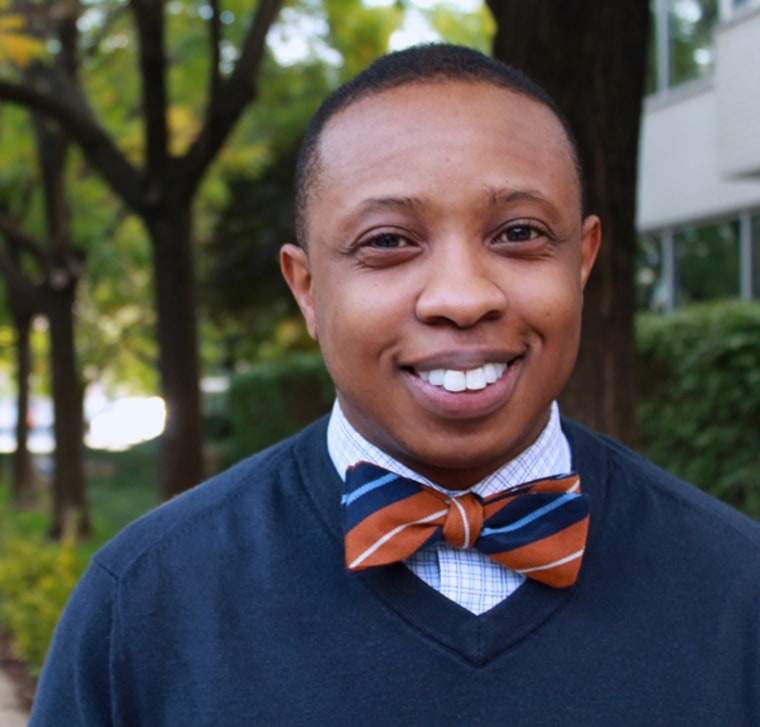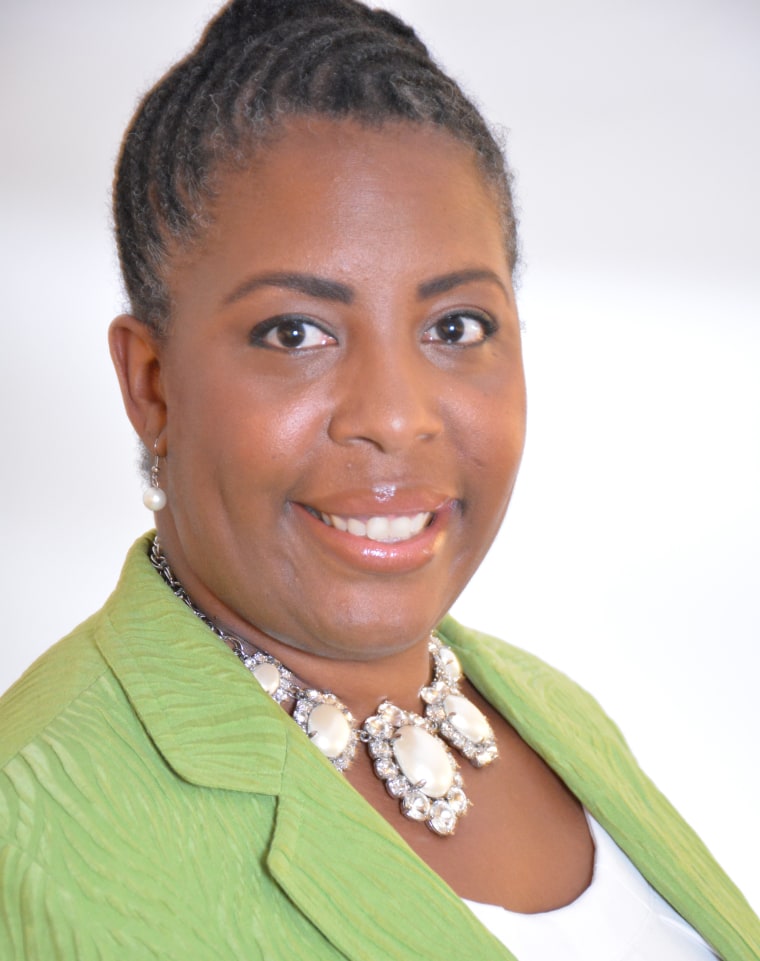Black transgender people in the U.S. face "deeper and broader forms of discrimination" than their white counterparts and the U.S. population overall, according to a recent report from the National Center for Transgender Equality (NCTE), Black Trans Advocacy and the National Black Justice Coalition.
This new breakout report builds upon the findings of the NCTE's 2015 U.S. Transgender Survey (USTS), which was released in December 2016. A similar breakout report was released highlighting the unique experiences of the Latino/a transgender community.
“With this data, we’re able to supplement the information we already had about trans people’s experiences to paint a more complete picture of those experiences,” NCTE Research Director Sandy James told NBC News. “This is critical for advocacy and education, and it can impact polices and laws.”
“It’s important to fill the gaps in research through studies such as the U.S Transgender Survey to compare experiences of trans people to others in the U.S. population," James added. "When we started to look at the data for this breakout report, there were often disparities between the experiences of black trans people, people in USTS sample overall and white respondents in the USTS sample."

The report, which uses data from 2015, also highlights the disparities among black trans people, black cisgender (non-transgender) people and the U.S. population overall.
“For example, 20 percent of black USTS respondents were unemployed, which is four times the rate in the U.S. population overall, but also twice the rate of unemployment of black people in the U.S. population, which illustrates the compounding effect of being both black and trans," James explained.
Other key findings from the breakout report, which focused on the unique experiences of 796 transgender respondents who identified as black or African-American, include:
- 38 percent of black respondents were living in poverty, compared to 24 percent of black people in the U.S. population
- 42 percent of black respondents have experienced homelessness at some point in their lives, compared to 30 percent in the USTS sample overall
- 6.7 percent of black respondents were living with HIV, nearly five times the rate in the USTS sample overall and more than 20 times the rate in the U.S. population
- 53 percent of black respondents have been sexually assaulted at some point in their lifetimes, compared to 47 percent in the USTS sample overall
- 34 percent of respondents who saw a health care provider in the past year reported having at least one negative experience related to being transgender
- 67 percent of black respondents said they would feel somewhat or very uncomfortable asking the police for help, compared to 57 percent of respondents in the USTS sample overall
James said the full 2015 USTS report, which included 27,715 respondents nationwide, has already made an impact.
“Advocates have been able to use it to influence policy, and it’s been cited in legal documents and briefs for court cases," James explained. "We expect similar outcomes for this newly released report on the experiences of black respondents.”
The biggest obstacle, James said, will be getting the data into the hands of people who have the greatest ability to make change.

Stacey Long Simmons, director of public policy and government affairs for the National LGBTQ Task Force, said reports such as the USTS and its breakouts influence awareness and education.
“The public is misled into believing high-profile individuals like Laverne Cox or Janet Mock are the new norm for the lives of black trans people," Simmons added. "But this data reveals that the lived reality for the majority of black trans people in this country is an entirely different story.”
“The general public needs to know that one of the most dangerous things in the world is to be ‘walking while trans,'" Simmons said, adding, "walking while black and trans can be twice as deadly."
Black trans people, according to Simmons, live under constant threat of some form of discrimination, harassment, or violence.
“Not only by people on the street but by those they encounter over the course of their everyday lives, [and] that comes from medical providers, law enforcement officials, hotel clerks, school personnel, cashiers, taxi cab drivers, store security guards, employment agencies, co-workers and so on."
“Trans people should not have to face these challenges when trying to access basic essentials such as food, shelter, clothing, transportation or when they're applying for a job, seeking medical care or customer service from a business establishment," Simmons added.
James said he is encouraged by how organizations like the National LGBTQ Task Force have been empowered by the data.
“The results and the data confirm a lot of what we’re seeing in our work and in the stories we hear, which informs our advocacy,” James explained. “These results also confirm that our work is going in the right direction, which is beneficial for our continued advocacy. It is also important to acknowledge this community’s resilience. Despite these barriers, people keep going and keep trying to overcome the obstacles they encounter.”

